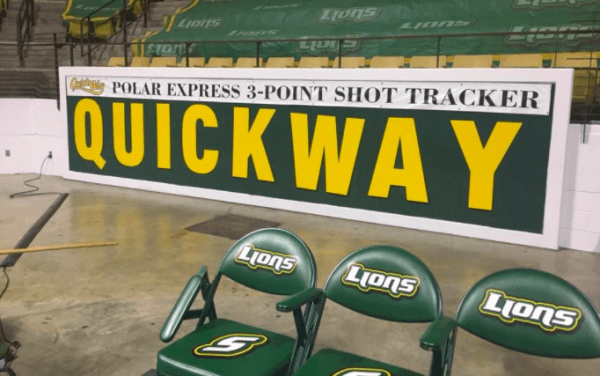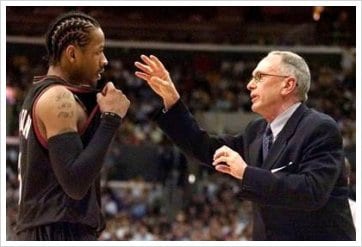by Itzayana Aguirre – February 2018
Sponsorship Shorts: QUICKWAY
Wesley Abercrombie (S3, 2017), the General Manager for Partnership Sales at Southeastern Louisiana University Athletics, shared this creative partnership activation strategy:
If the basketball team makes eight 3-point shots, everyone at the game wins a free slushie from our local convenience store partner, Quickway. We keep track of it by hanging up letters on a wall. Once it spells out “QUICKWAY” everyone knows they win slushies. We call it our “Slushie 3-point shot tracker.”
How successful is the promotion?
Wes explained,
Tonight, there was 30 seconds left in the game, and the team hadn’t hit the challenge yet. It spelled “QUICKWA” and we were just waiting for the clock to run out to win the game. The other team wasn’t even playing defense at this point! Fans were literally standing up yelling “one more three” at our team from the stands and our coach heard it!
So as our team was waiting for the clock to run out, coach told our point guard to just go ahead and shoot it, to try to complete the challenge for our fans. He missed the shot, but it was really cool to see the fans react to our promotion the way they did and to see our coach acknowledge it instead of just letting the clock run out to win the game. The best part was, the partner was at the game, and texted me saying that the promotion was the best form of marketing he has ever seen.
Share your story
Wes worked with Quickway to develop a powerful partnership platform that engages the team, coaches and fans for an ultimate experience. Share your Sponsorship Shorts story if you would like to be considered for a feature on the Baylor S3 Report!
Wes Abercrombie is an employee of Peak Sports Management, which manages sales & marketing for Southeastern Louisiana Athletics.









